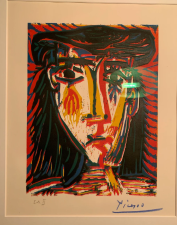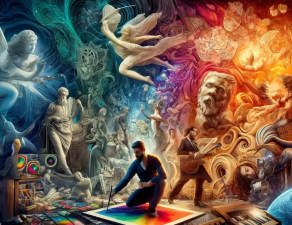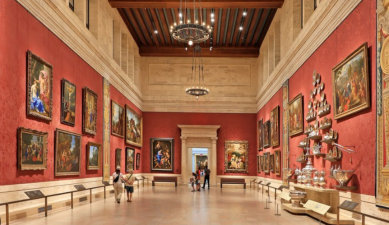Are Book-to-Film Adaptations Changing Literary Appreciation?
In today's cultural landscape, film and television adaptations have become a common and influential phenomenon. Numerous classic literary works have been adapted for the silver screen or the small screen, reaching a wider audience through visual and auditory presentations. However, these adaptations are more than simple translations; they have a multifaceted impact on the original literature, both positive and negative.
In today's cultural landscape, film and television adaptations have become a common and influential phenomenon. Numerous classic literary works have been adapted for the silver screen or the small screen, reaching a wider audience through visual and auditory presentations. However, these adaptations are more than simple translations; they have a multifaceted impact on the original literature, both positive and negative.
The positive impact of film and television adaptations on the original literature is obvious. First, they significantly enhance the visibility and influence of the original work. A successful film or television adaptation can attract millions or even more viewers, who are likely to develop an interest in the original novel after enjoying the film, leading to a significant increase in sales. For example, after J.K. Rowling's Harry Potter series was adapted into films, not only did the films become a huge success, but the original novels also sparked a global reading craze, becoming household classics. This has enabled more people to access and understand excellent literary works, promoting the dissemination and popularization of literature.

The Fusion of Literature and Film
Literature and film, these two major art forms, have influenced and learned from each other throughout history. Films draw on narrative techniques and other techniques from literature to enrich their own artistic content. Throughout its development, film art has continuously drawn nourishment from literature, transforming its rich storylines, in-depth character portrayals, and exquisite language into visual feasts on the screen. This fusion not only enriches the artistic essence of film but also opens new avenues for the dissemination and inheritance of literature.
Film and television adaptations can present the plots and characters of original works in a more intuitive and vivid way.
The charm of written words lies in the vast scope they leave for readers' imaginations. However, for some readers, limited imagination or differences in reading ability may prevent them from fully appreciating the original works' depth. Film and television works, through various means such as actor performances, visual presentation, and musical accompaniment, can transform the abstract descriptions in the original works into concrete and tangible images, making them easier for audiences to understand and accept.
Film and television adaptations can also inject new vitality and creativity into the original literature
During the adaptation process, directors and screenwriters may innovate and adapt the original works appropriately based on the characteristics of the times and the needs of the audience. Such innovations not only allow the original works to shine with new charm in the new context but also provide new ideas and methods for literary creation. For example, the film "Gone with the Wind," in its adaptation of Margaret Mitchell's novel "Gone with the Wind," reinterpreted and reshaped several plot points and characters from the original novel, adapting them to better suit the film's presentation format and audience aesthetics, becoming a classic in film history.

Film and television adaptations also have some significant negative impacts on the original literary works.
One significant issue is the "distortion" of the adaptation process. Due to constraints such as timeframe, budget, and market demand, film and television productions often struggle to remain completely faithful to the original works. Some adaptations may delete, merge, or alter plot points, undermining the integrity and coherence of the original works. For example, some film adaptations, in order to complete the story within a limited timeframe, have been forced to omit important subplots and characters, significantly diminishing the richness of the original works.
Therefore, we should approach film and television adaptations with an open mind, while also maintaining respect and understanding for the original classics, so as to appreciate and understand these world-renowned works from a comprehensive perspective.









